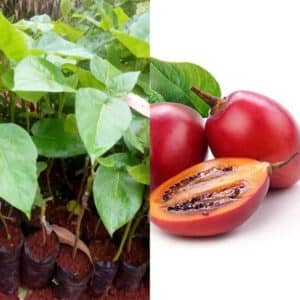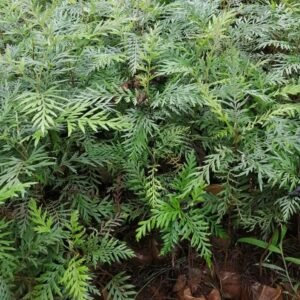Subtotal: KSh 120.00
The African wild olive tree, also known as olea africana, is called mutamaiyũ in Kikuyu. Here are some other olive trees found in Kenya
Common Names: Boran: Ejarse; English: African wild olive; Kamba: Muthata; Keiyo: Yemit; Kikuyu: Mutamaiyu; Kipsigis: Emitiot; Lubya (Bukusu): Kumunyubuti; Luo: Kang’o; Maasai: Oloirien, Olorien; Marakwet: Yemit; Meru: Muthata, Mutero; Nandi: Emidit; Ogiek: Yemdit; Sabaot: Yemit; Samburu: Tamiyai; Somali: Wera; Taita: …

- oplus_32
Here are some characteristics of the African wild olive tree:
Appearance: An evergreen tree with a rounded crown, grey-green foliage, and a crooked trunk. The bark is rough and grey to dark brown, and the branchlets are white with breathing pores.
Leaves: Stiff, narrowly oval, and sharply pointed, with a glossy dark-green upper surface and a pale to white or golden underside.
Flowers: Small, white to cream, and in branched heads.
Fruit: Oval, with a pointed tip, fleshy, and purple and bitter-sweet when ripe.
Wood: Strong, durable, and extremely hard, with a reddish or golden brown color.
Uses: The wood is used for furniture, cabinet making, fence posts, and house construction. It’s also used as charcoal and firewood.
Other uses: The leaves were traditionally used for deworming, and the smoke and ashes were used to treat sour milk. A tea made from dried leaves is said to help improve kidney function and alleviate urinary tract problems.


 Tree tomatoes seedlings
Tree tomatoes seedlings 




There are no reviews yet.